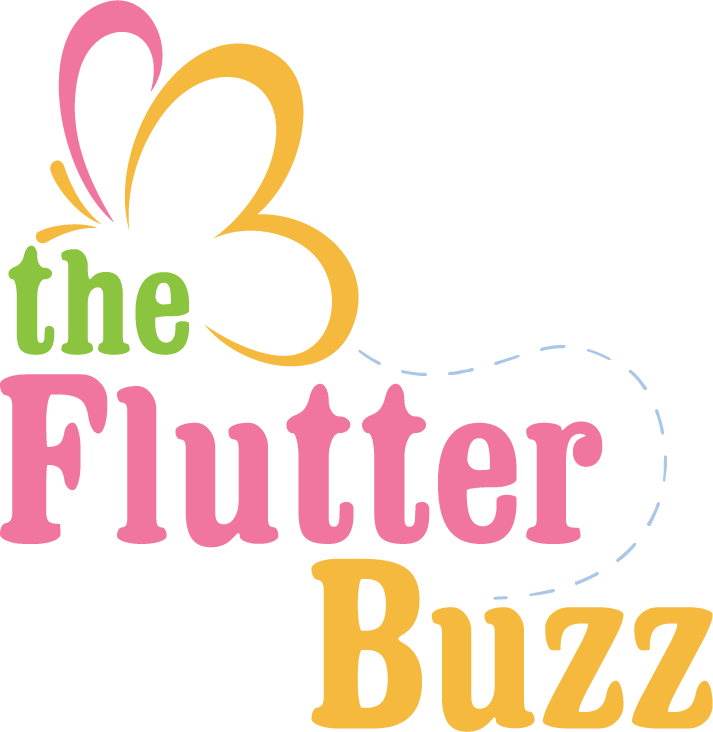
07 Sep Creating a Pollinator Garden: A Vital Step Towards Biodiversity
In recent years, the decline of pollinators has become a growing concern across North America. Pollinators, including bees, butterflies, birds, and other insects, are essential for the reproduction of over 85% of the world’s flowering plants and contribute to the production of more than a third of our food crops . As habitats shrink due to urbanization and agricultural practices, creating pollinator-friendly gardens has become an effective way for individuals to contribute to the preservation of these crucial species.



Why Pollinators Matter
Pollinators play a pivotal role in maintaining biodiversity and food security. In North America alone, pollinators are responsible for the pollination of crops worth more than $24 billion annually . The decline in pollinator populations threatens the stability of ecosystems and could lead to significant economic losses in agriculture.
Among the leading causes of this decline are habitat loss, pesticide use, climate change, and the spread of diseases. These factors have drastically reduced the availability of nectar and pollen sources, as well as nesting sites for pollinators. By creating a pollinator garden, you can provide a sanctuary for these creatures, supporting not only their survival but also the health of the broader environment.
DESIGNING YOUR POLLINATOR GARDEN
Choose Native Plants
Native plants are the cornerstone of a successful pollinator garden. These plants have co-evolved with local pollinators, providing them with the most nutritious pollen and nectar. For example, in the Eastern United States, plants like milkweed (Asclepias spp.) are essential for the survival of monarch butterflies, while the western regions might focus on species like the California poppy (Eschscholzia californica).
Here are some native plants that are particularly attractive to pollinators across different regions of North America:
- Eastern U.S.: Purple coneflower (Echinacea purpurea), Black-eyed Susan (Rudbeckia hirta)
- Midwest: Blazing star (Liatris spp.), Bee balm (Monarda spp.)
- West Coast: California lilac (Ceanothus spp.), Yarrow (Achillea millefolium)
- Southwest: Desert marigold (Baileya multiradiata), Indian blanket (Gaillardia pulchella)
Create Diverse Habitats
A diverse garden with a variety of plant species will attract a wider range of pollinators. Incorporate plants that bloom at different times of the year to ensure that your garden provides food throughout the growing season. Consider including ground covers, shrubs, and trees to create different layers and microhabitats, which can support various species of pollinators.
Avoid Pesticides
Pesticides, especially neonicotinoids, are harmful to pollinators. Even those labeled as “organic” can be toxic if not used correctly. The best approach is to manage pests through natural methods, such as encouraging beneficial insects or using physical barriers. If you must use pesticides, apply them carefully and selectively, avoiding blooming plants where pollinators are likely to visit.
Provide Water and Shelter
Pollinators also need water and shelter. A shallow dish with water and stones can serve as a drinking spot for bees and butterflies. Leave some bare soil patches or install bee hotels to provide nesting sites for solitary bees. Dense shrubs or a pile of logs can offer shelter for other insects and small creatures.
Benefits Beyond the Garden
A pollinator garden is not only beneficial for pollinators but also enhances the beauty and health of your environment. These gardens can help stabilize local ecosystems, reduce erosion, and support other wildlife, such as birds and small mammals. Additionally, they can serve as educational spaces, raising awareness about the importance of biodiversity and conservation efforts.
Getting Started
Starting a pollinator garden is relatively simple and can be adapted to any space, from a small balcony to a large backyard. Begin by researching native plants in your region, and seek out local gardening groups or resources that can provide guidance and support. Organizations like the Xerces Society and the National Wildlife Federation offer valuable information and even certification programs for pollinator-friendly gardens.
By creating a pollinator garden, you are taking a crucial step in protecting the biodiversity that sustains life on Earth. Your efforts will contribute to the survival of pollinators, support local ecosystems, and ensure that future generations continue to enjoy the benefits that these essential creatures provide.
References
- Pollinator Partnership. “Selecting Plants for Pollinators.” Pollinator Partnership.
- U.S. Fish and Wildlife Service. “Native Plants for Wildlife Habitat and Conservation Landscaping.” USFWS.
- Xerces Society for Invertebrate Conservation. “Pollinator Conservation.” Xerces Society.
- National Pesticide Information Center. “Pollinator Protection.” NPIC.
- Losey, J.E., & Vaughan, M. (2006). “The Economic Value of Ecological Services Provided by Insects.” BioScience.
- Klein, A.M., et al. (2007). “Importance of pollinators in changing landscapes for world crops.” Proceedings of the Royal Society B.
